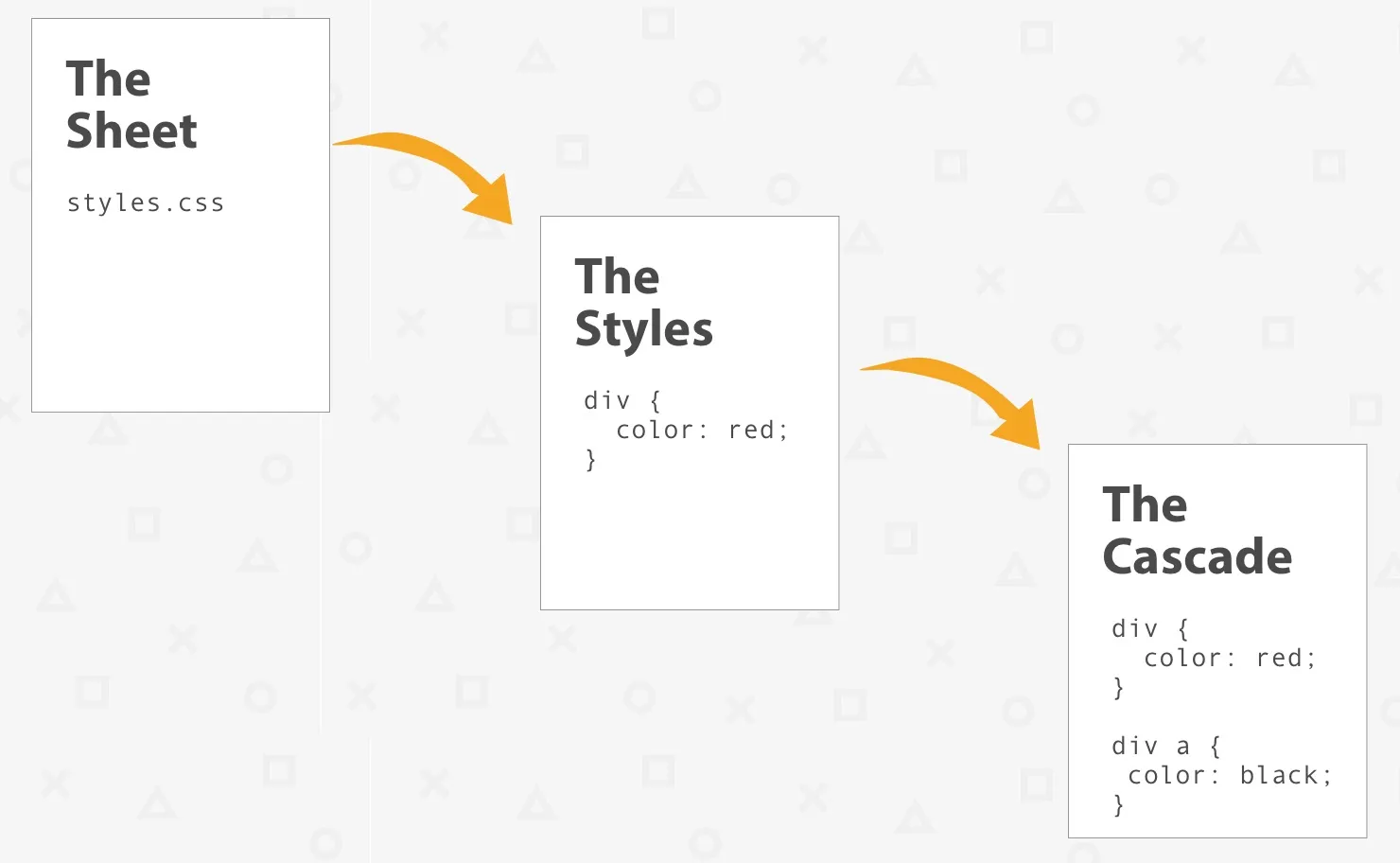Cascading Style Sheets (CSS) is a language of code for describing the presentation of structured content on the World Wide Web. CSS enables developers and designers alike to give websites and web documents an aesthetically pleasing look and feel, and to control the layout of webpages. It was first released to the public in 1996.
CSS is written using a syntax that includes various rules, selectors, and declarations. Rules consist of selectors that identify the type of elements to be affected, along with one or more declaration blocks that hold all the relevant formatting information to be applied. The declarations within a declaration block are separated by semicolons and are made up of property and value pairs.
CSS allows for the separation of page-level markup (HTML) from design and presentation elements, such as colors, font, and layout. By decoupling style and structure, more emphasis can be placed on the development of the information relayed rather than the design of the page.
Being an open, standard language, CSS allows for the reuse of stylesheets across multiple websites and platforms. This helps to both reduce the amount of code that needs to be written (leading to faster loading times) as well as creating a more uniform look and feel across different sites. Furthermore, modern CSS can also be used to control the behavior of dynamic content to further enrich the user experience.
Given its importance to the modern web, CSS is widely supported by all major web browsers so that authors can easily create documents consistent on any device. With the emergence of new CSS-based devices such as e-readers, CSS has become even more vital to web developers.





